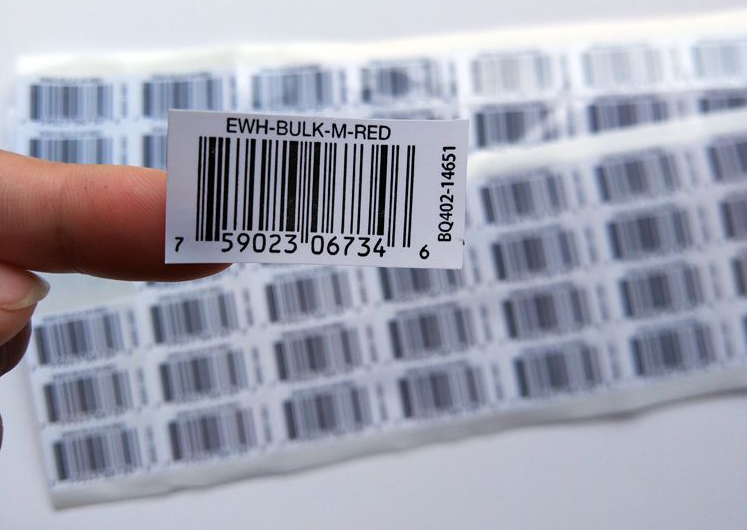The printing method of bar code and the problems to be paid attention to

There are two ways to print bar codes. One is to use printing equipment for batch printing and copying, which belongs to the commercial production of bar codes and labels. In this way, bar codes and patterns are generally printed together. The second is controlled by the computer, timely printing bar code labels and bar code files. The former is suitable for large number, fixed specifications, the same content of the bar code, and the outer packaging text and text design and printing. The latter can be controlled by the computer, according to the requirements of instant printing, flexibility is strong. Bar code printing equipment includes inkjet printer, thermal printer, thermal transfer printer, impact dot matrix printer and laser printer. In order to ensure that the bar code after printing meets the specifications, the plate-making process should be considered according to the printing process and the characteristics of the substrate. Such as flexographic printing process, in plate making can consider appropriate reduction of line width, in order to compensate for the expansion of printing deviation. For printing heat shrink packaging materials, it is necessary to consider the position of the bar code after the film shrinkage, and calculate the vertical and horizontal shrinkage multiple in advance, so as to adjust when making plates.
In order to facilitate the use of normal reading, should pay attention to the barcode color collocation. In the bar code reading system, the light source of the scanner is generally red light source with wavelength 630 ~ 700nm, so the red light effect of ink should be considered. The incident light of the scanner irradiates on the bar code surface of different materials and colors, and the reflection effect is different. Most barcodes are designed to be printed in black ink, which is completely absorbent for red light and has a reflectance of less than 3% for incident light. White ink, on the other hand, is completely reflective of red light, and its reflectance of incident light is close to 100%, so it is the most ideal blank color. For these reasons, most bar codes are printed on white paper. But some packaging products, starting from the decorative effect, also have the choice of other colors, so we should pay attention to the nature of the color collocation. Usually high reflectance of red colors are yellow, orange, red, light brown, etc. And black, green, purple, cyan, etc., red light reflectance is low. The reflectance of color to red light should be taken into full consideration in the rational design of barcode printing color. Transparent film packaging is not suitable for direct printing of bar code, should be printed on white ink or yellow, orange red as the substrate, and then printed on the dark bar code, such as black, dark green, dark blue, so easy to read and use.